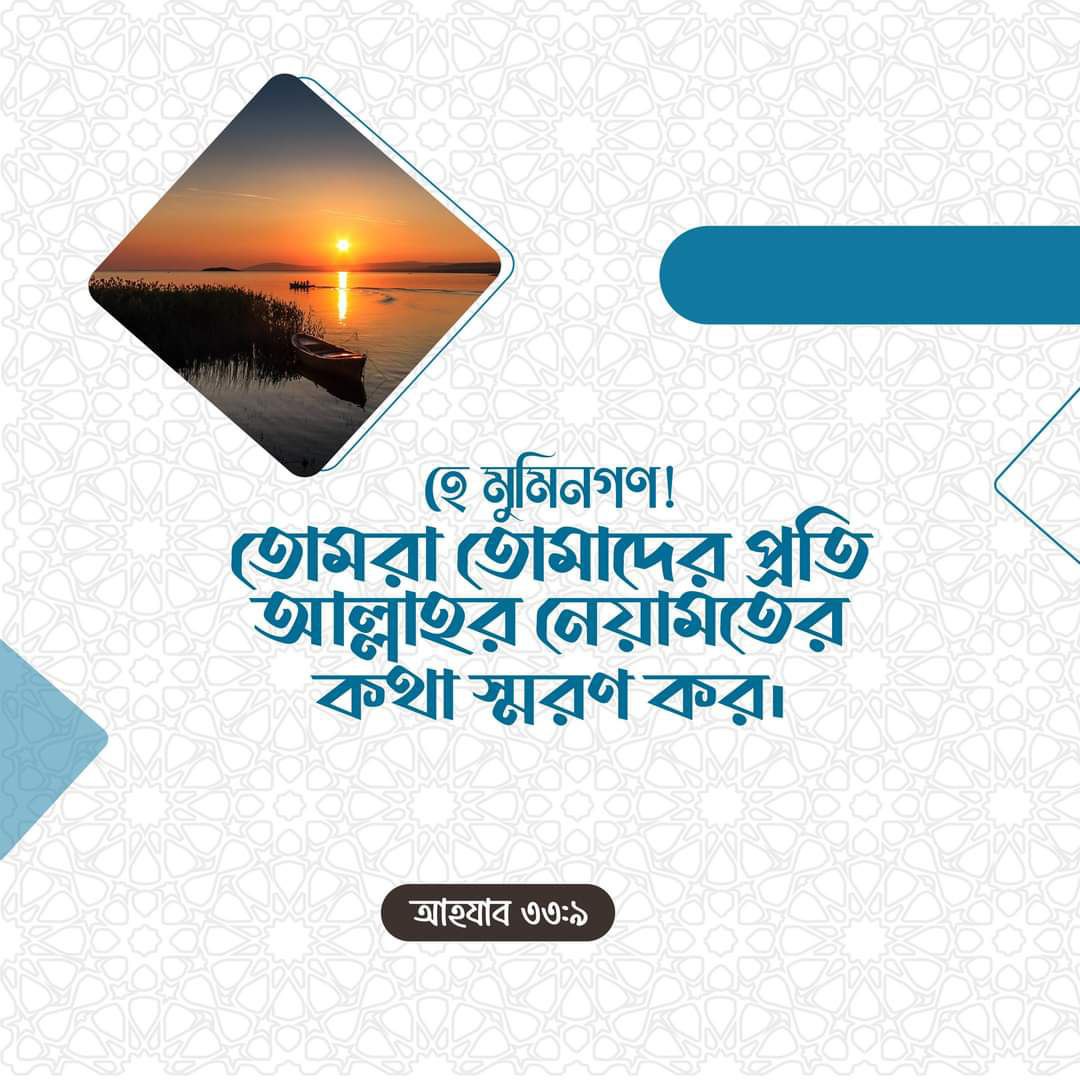পেত্রা নগরী ছিল অত্যন্ত সুরক্ষিত ও অর্থনৈতিকভাবে সমৃদ্ধ। পেত্রার চারধারে ছিল উঁচু পাহাড় আর একটি অফুরন্ত ঝরনাধারা। পশ্চিমের গাজা, উত্তরের বসরা ও দামাস্কাস, লোহিত সাগরের পাশের আকুয়াবা ও লিউস এবং মরুভূমির উপর দিয়ে পারস্য উপসাগরে যাওয়ার প্রধান সব বানিজ্যিক পথগুলোকে নিয়ন্ত্রণ করতো পেত্রা।
রোমান শাসনের সময় সমুদ্রকেন্দ্রিক বানিজ্য পুরোদমে শুরু হলে পেত্রা দ্রুত ধ্বংস হতে থাকে। ১০৬ এডি তে রোমানরা এটিকে দখল করে তাদের ‘আরব পেত্রাইয়া’ প্রদেশের অংশীভূত করে। দ্বিতীয় ও তৃতীয় শতকে শহরটির প্রভুত উন্নতি হলেও পরবর্তীতে প্রতিদ্বন্দী শহর ‘পামিরা’ পেত্রার অধিকাংশ বানিজ্যই দখল করে নিলে তখন পেত্রার গুরুত্ব কমে যায়। মুসলমানেরা এটিকে তাদের দখলে নেয় সপ্তম শতকে এবং পরবর্তীতে দ্বাদশ শতকে আবার ক্রুসেডাররা এটিকে দখল করলে ক্রমেক্রমে এটি ধ্বংসপ্রাপ্ত হয়। এছাড়া ৩৬৩ সালে এক ভূমিকম্প ধ্বংস করে দেয় এর দালানগুলো, নষ্ট করে দেয় এর পানি সঞ্চালন ব্যবস্থাকে। মধ্যযুগে পেত্রার ধ্বংসাবশেষ আগ্রহের কেন্দ্রবিন্দুতে পরিণত হয়, ত্রয়োদশ শতকের দিকে পেত্রা দেখতে যান ইজিপ্টের সুলতান বাইবারস।
বহু বছর অজানা থাকার পর এই প্রাচীন শহরটিকে পশ্চিমা বিশ্বের কাছে উন্মোচন করেন সুইস পরিব্রাজক জোহান লুডিগ বুর্খার্দত, ১৮১২ সালে। জন উইলিয়াম বার্গন তার নিউডিগেট পুরস্কার বিজয়ী বিখ্যাত এক সনেটে একে বর্ননা করেছেন “a rose-red city half as old as time” বলে। বার্গন কিন্তু পেত্রাতে যাননি। বলা যেতে পারে যেতে পারেননি। কারণ প্রথম বিশ্বযুদ্ধের পর পর্যন্ত শুধুমাত্র ইউরোপীয়ানরাই সেখানে যেতে পারতেন। স্থানীয় লোক আর অস্ত্রশস্ত্র নিয়ে যেতে হত সেখানে। ইউনেস্কো এটিকে ‘বৈশ্বিক ঐতিহ্যবাহী স্থান’ ঘোষনা করে ১৯৮৫ সালে। ঘোষনায় পেত্রাকে বলা হয় “one of the most precious cultural properties of man's cultural heritage”। পেত্রা সংস্কৃতি, সম্পদ আর ক্ষমতায় একসময় যে কত সমৃদ্ধ ছিল তা প্রমাণ করতে পেত্রার ধ্বংসাবশেষই যথেষ্ট।
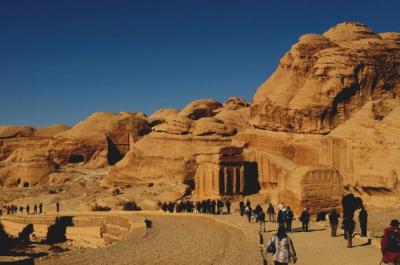
Petra, a world hidden within the mountains of Jordan, was built several centuries ago. This ancient "caravan city" was the capital of the Nabataean Arabs, an ancient Semitic race of people who inhabited Jordan. They were mostly traders and agriculturists
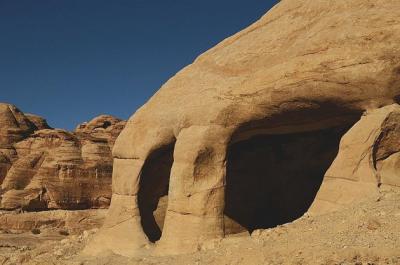
Tombs, caves, temples, monasteries, amphitheatres, gates, street facades – you need at least a couple of days to explore Petra.
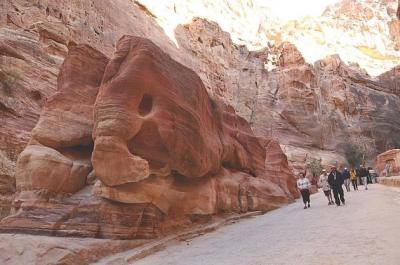
The rock-cut architecture takes your breath away. Animals, deities and mortals, mostly carved in rock, greet you everywhere in this World Heritage Site. The architecture is heavily influenced by Assyrian, Egyptian, Hellenistic and Roman styles.
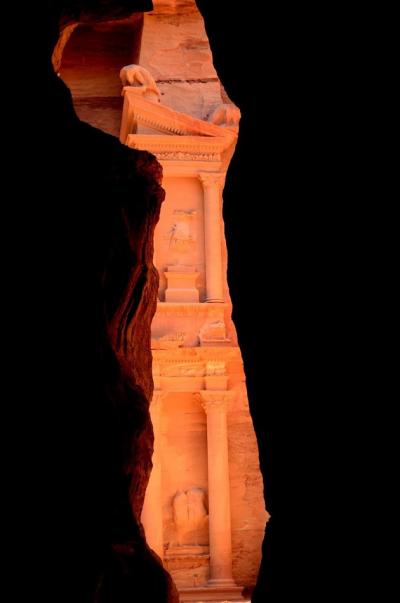
Perhaps the most stereotyped image of Petra is Al Khazneh or the Treasury. Entry is through the Siq, a long narrow gorge, no more than 3 meters wide in some places, which gives the impression that the mountain has parted ways to allow you to enter it. Back
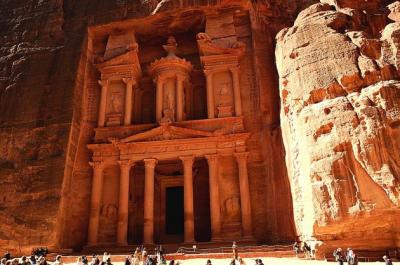
The Treasury or Al Khazneh is one of Petra’s most recognizable monuments and one celebrated in Hollywood classics such as Indiana Jones and the Last Crusade. Tintin

The Street of Facades in Petra is lined with rock-cut tombs in sandstone. Bodies were interred in chambers carved on the rocks.
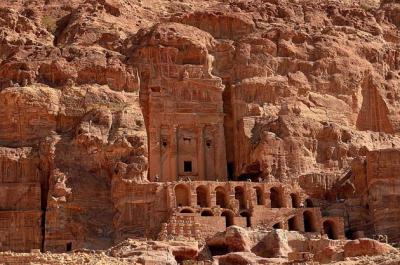
The Royal Tombs, much larger in scale, and Urn Tombs lead to a single chamber, which was probably an ancient Byzantine church.

Petra is not just a city of tombs and rock cut temples. Meet the Bedouins here, stay in a cave, ride a horse up to the monastery, or watch craftsmen create sand art in bottles. Petra, as the BBC says, is one of the places you must see before you die.
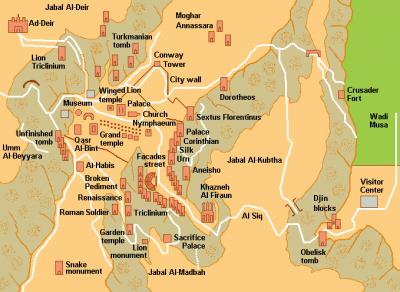
Map of Petra
***** ইয়াহু এন্ড উইকপেডিয়া থেকে সংগৃহিত
সর্বশেষ এডিট : ০৭ ই মার্চ, ২০১২ রাত ১১:৪৪


 অনুগ্রহ করে অপেক্ষা করুন। ছবি আটো ইন্সার্ট হবে।
অনুগ্রহ করে অপেক্ষা করুন। ছবি আটো ইন্সার্ট হবে।







